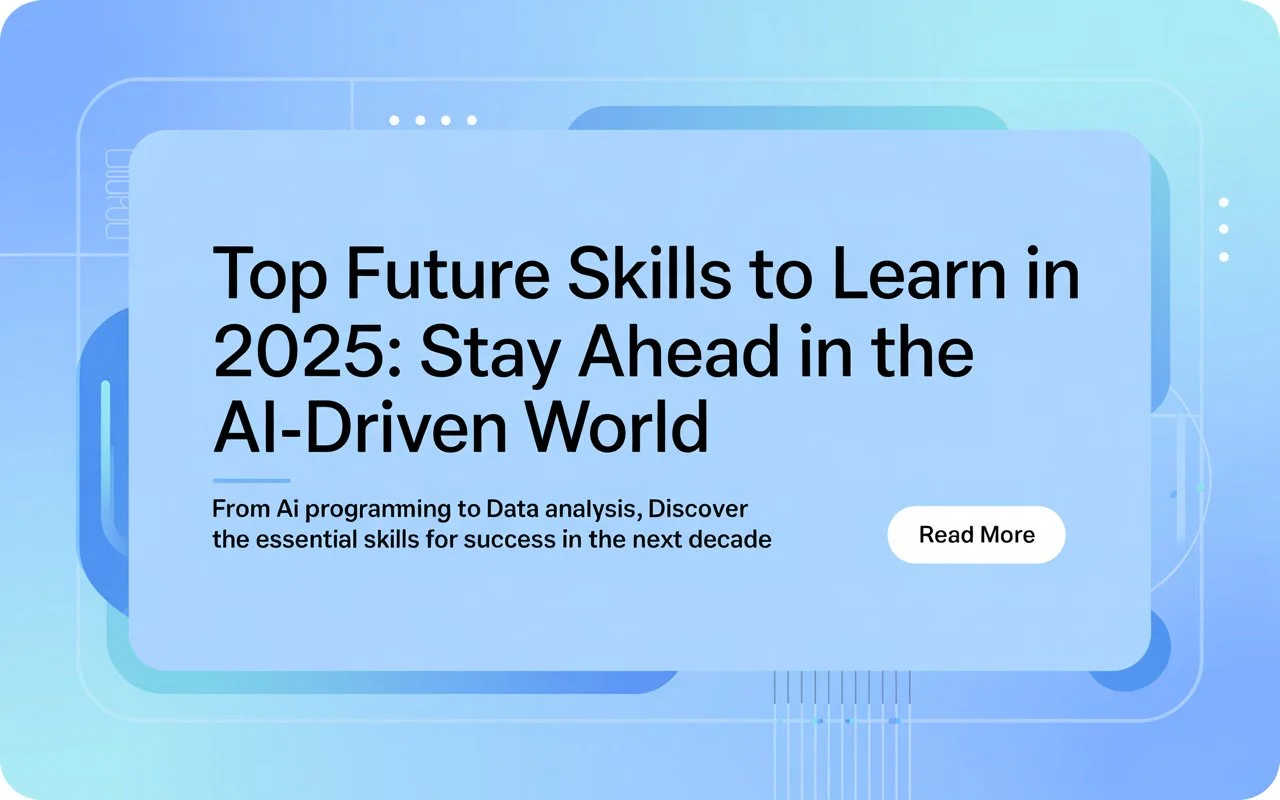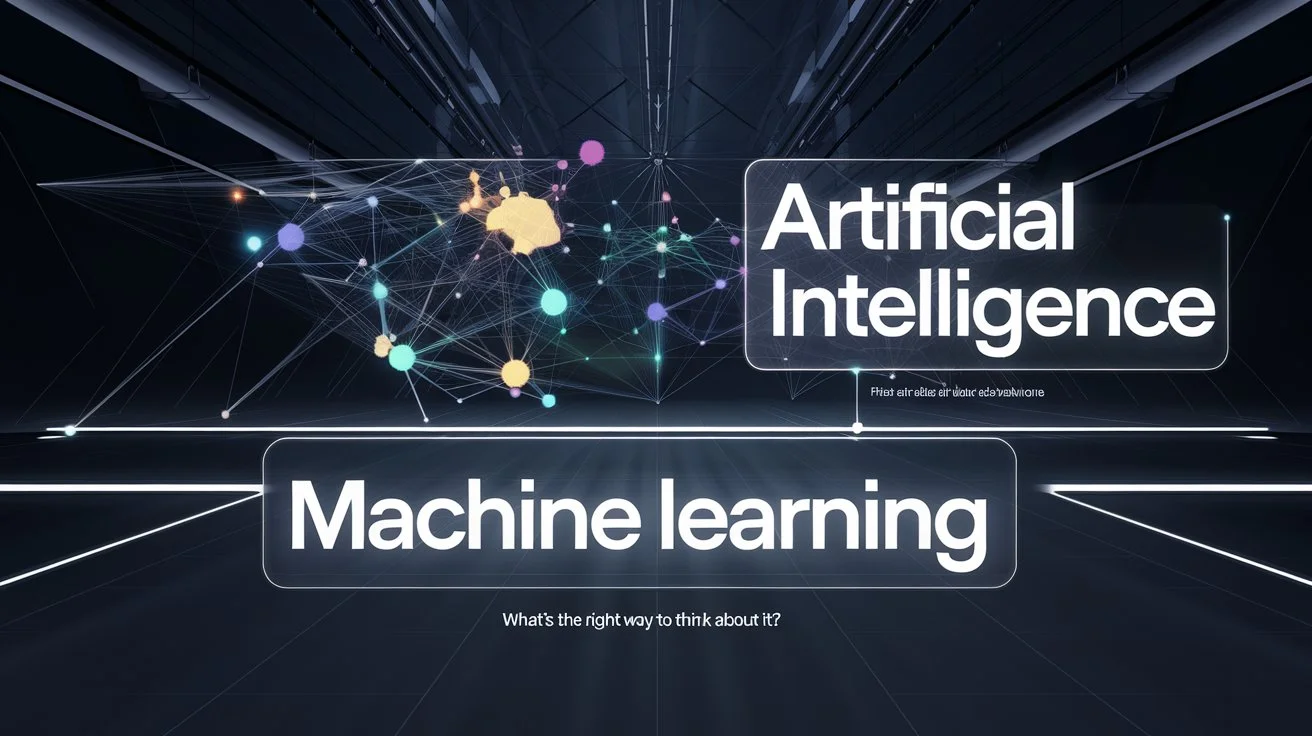
9 Essential Skills to Become a Data Scientist in 2025
Data is the new oil, and data scientists are the ones refining it into value. In today’s digital-first world, organisations are increasingly relying on data to drive decisions, predict trends, and build innovative solutions. If you’ve been considering a career in data science, now is a great time to start. But where do you begin?
This blog will walk you through the nine essential skills you need to master to become a successful data scientist. With a structured approach and consistent effort—just 3 to 5 hours a day—you can be job-ready in 12 to 20 months. Let’s dive right into the roadmap.
1. Learn Python – The Core Language of Data Science
Python is the backbone of data science. It is widely used due to its simplicity, versatility, and a rich ecosystem of libraries like pandas, numpy, scikit-learn, and matplotlib.
If you’re just starting out, Python should be your first stop. You can comfortably pick up the basics in about 1 to 2 months, focusing on:
- Data types and control structures
- Functions and modules
- File handling
- Object-oriented programming
- Introduction to libraries like
pandasandmatplotlib
Once you’re comfortable, Python will serve as the foundation for everything else in your data science journey.
2. Get Familiar with R – The Statistical Powerhouse
While Python is more versatile, R is particularly strong when it comes to statistical analysis and data visualisation. It shines in academic research and scenarios where complex statistical modelling is required.
You don’t need to master both right away. Start with Python, and once you’re proficient, learning R can add a valuable skill to your toolkit—especially if you’re targeting roles in academia, research, or data journalism.
Also Read: How to Become a Data Analyst in 2025
3. Master Git – Collaborate Like a Pro
Git isn’t a programming language, but it’s absolutely essential for managing your code and collaborating with teams. It’s the industry standard for version control.
You don’t need to become a Git expert overnight. Apply the 80/20 rule—learn the 20% of commands you’ll use 80% of the time, such as:
git init,clone,add,commit,push,pull- Branching and merging basics
- Resolving simple conflicts
With 1 to 2 weeks of hands-on practice, you’ll be able to confidently use Git in real-world projects.
4. Understand Data Structures and Algorithms
Data science isn’t just about crunching numbers—it’s also about solving problems efficiently. Knowledge of data structures and algorithms (DSA) helps you write optimised code and ace technical interviews at top companies like Google, Amazon, and Facebook.
Focus on:
- Arrays, Linked Lists, Stacks, Queues
- Trees, Graphs, Hash Tables
- Searching and Sorting algorithms
- Time and space complexity
A solid 1 to 2 months of focused study on DSA will dramatically improve your logical thinking and coding skills.
5. Learn SQL – Speak the Language of Databases
SQL (Structured Query Language) is the bread and butter of database management. As a data scientist, you’ll constantly be querying databases to retrieve and analyse data.
Key SQL topics include:
- SELECT, WHERE, JOIN, GROUP BY, ORDER BY
- Subqueries and nested queries
- Aggregation functions
- Indexing and performance tuning (basic level)
SQL is relatively easy to learn, and a 1 to 2-month commitment should make you proficient enough to work with most relational databases.
6. Master Mathematics and Statistics
Behind every machine learning model or data visualisation lies mathematics and statistics. This is where your analytical foundation gets built.
Focus on:
- Linear Algebra – matrices, vectors, and transformations
- Calculus – derivatives, gradients, optimisation
- Probability – conditional probability, Bayes’ theorem
- Statistics – distributions, hypothesis testing, regression analysis
This part of your journey may take 2 to 3 months, but it is absolutely essential for interpreting results correctly and building robust models.
7. Get Hands-On with Data Preprocessing and Visualisation
Real-world data is messy. Before any analysis or modelling, you’ll need to clean, transform, and explore data. This step is crucial for drawing meaningful insights.
Tools & Libraries to learn:
- Preprocessing:
pandas,numpyfor data manipulation - Visualisation:
matplotlib,seabornfor static charts - Bonus Tools: Tableau and Power BI for interactive dashboards
With a strong base in Python and SQL, you can get comfortable with data preprocessing and visualisation in about 1 to 2 months.
8. Learn Machine Learning Fundamentals
Machine Learning (ML) is where data science starts to get really exciting. This is the step where you train computers to learn from data.
Understand the two primary ML paradigms:
- Supervised Learning: algorithms learn from labelled data (e.g., regression, classification)
- Unsupervised Learning: algorithms discover patterns in unlabelled data (e.g., clustering, dimensionality reduction)
Popular tools & frameworks:
scikit-learnfor classical MLTensorFlowandPyTorchfor neural networks
Spend 3 to 4 months building and experimenting with ML models. Use datasets from Kaggle or UCI Machine Learning Repository to practice.
9. Explore Deep Learning – The Future of AI
Deep learning is a subfield of ML that uses multi-layered neural networks. It’s behind breakthroughs in image recognition, speech processing, and natural language understanding.
Start with:
- Neural Networks: perceptrons, activation functions, backpropagation
- CNNs (Convolutional Neural Networks): for image data
- RNNs (Recurrent Neural Networks): for time-series and language data
Use TensorFlow or PyTorch for implementation. Dedicate 2 to 3 months to get a good grip on deep learning.
Bonus: Specialise in NLP or Computer Vision
Once you have a solid foundation, it’s time to specialise—just like doctors do. Two exciting specialisations in data science are:
Natural Language Processing (NLP):
- Work with text and language data.
- Applications: sentiment analysis, machine translation, chatbots.
Computer Vision:
- Analyse images and video content.
- Applications: facial recognition, object detection, self-driving cars.
Pick the one that interests you most and spend 2 to 3 months diving deeper into it.
Bonus 2: Learn Big Data Tools
At some point, you’ll work with datasets too large for traditional tools. That’s where Big Data technologies come in.
Start with:
- Hadoop: distributed storage and processing
- Spark: in-memory data processing for speed and scalability
Learning these tools over 2 to 3 months will prepare you for roles in enterprise and cloud-based environments where big data is the norm.
Also Read: 5 Python Projects That Will Get You Hired
Final Thoughts: Charting Your Path to a Data Science Career
By mastering these nine skills and exploring one or two specialised areas, you’ll be well on your way to becoming a competent data scientist.
Quick Recap of the Learning Timeline:
| Skill Area | Time Required |
|---|---|
| Python | 1–2 months |
| R (optional) | After Python |
| Git | 1–2 weeks |
| Data Structures & Algorithms | 1–2 months |
| SQL | 1–2 months |
| Maths & Statistics | 2–3 months |
| Data Cleaning & Visualisation | 1–2 months |
| Machine Learning | 3–4 months |
| Deep Learning | 2–3 months |
| Specialisation (NLP/CV) | 2–3 months |
| Big Data Tools | 2–3 months (bonus) |
If you’re dedicated and follow this roadmap with discipline, you can build all the skills required for an entry-level data science job in about 12 to 20 months.
Need Help Getting Started?
Got questions? Drop them in the comments below and let’s grow together in this exciting field. If you found this guide helpful, do like and share it with your peers. Stay curious and keep learning!





